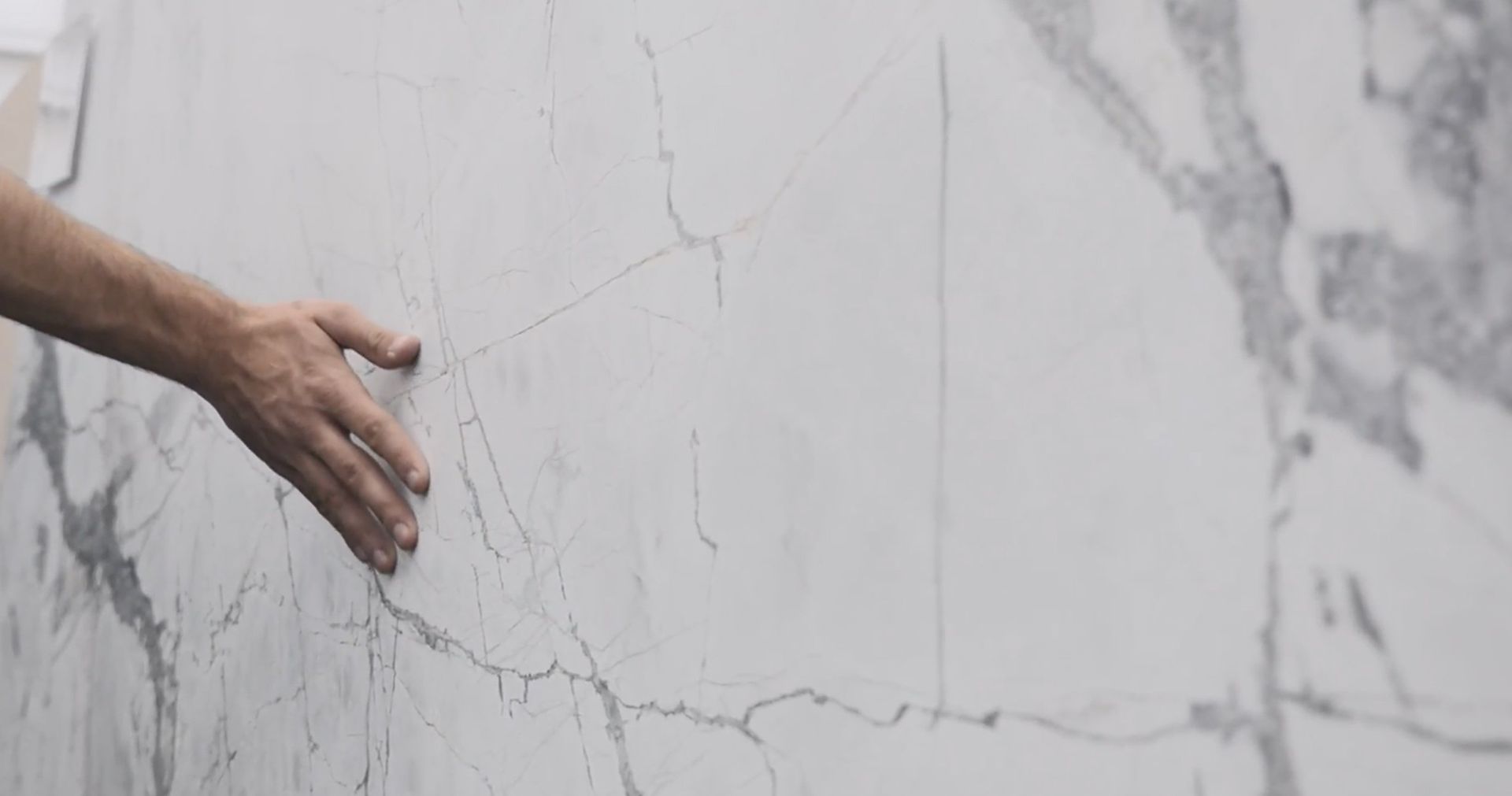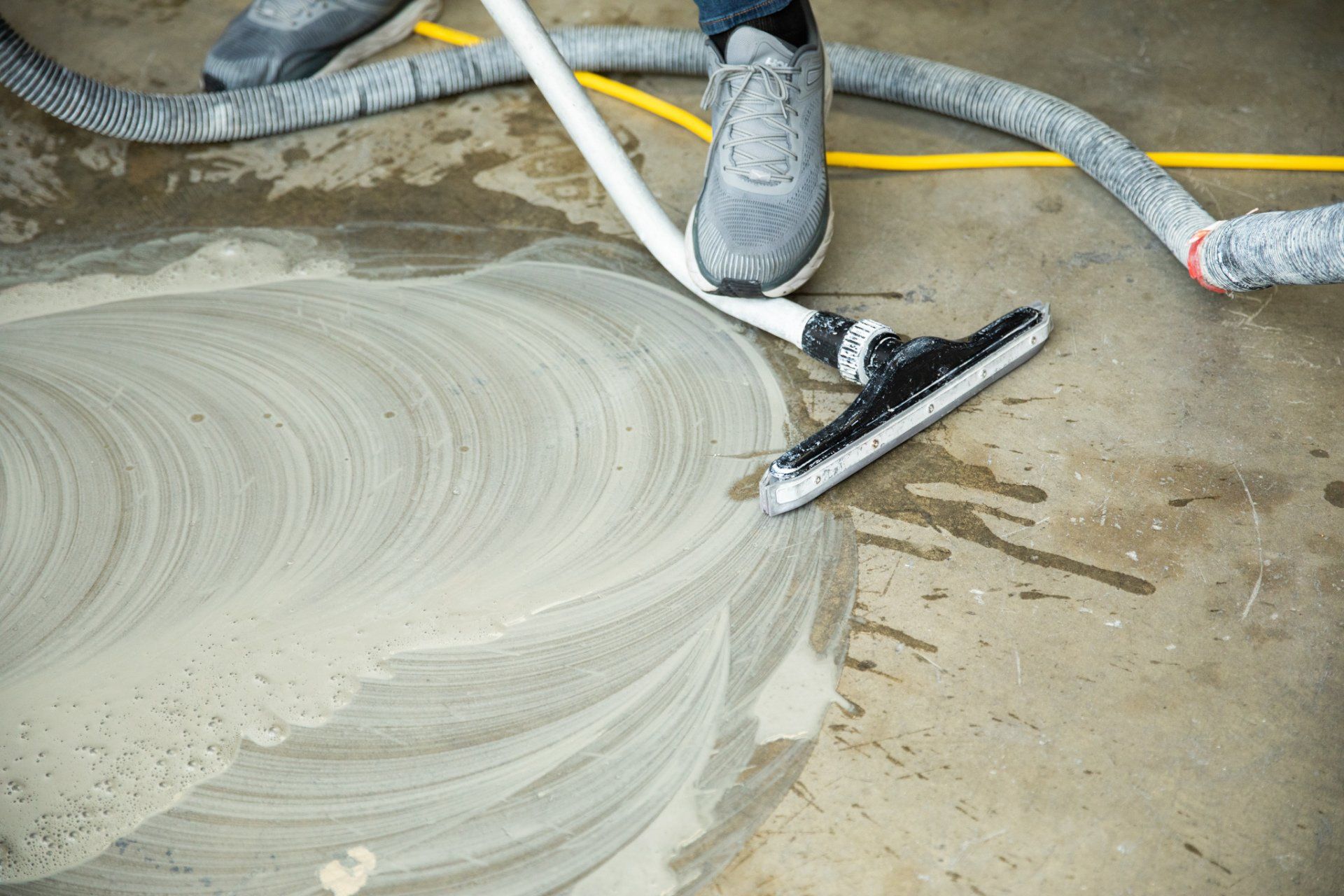Identifying colors and stripes in your granite at home

Granite is a popular material for countertops, floors, and other surfaces in the home. It is durable and has a wide range of colors and patterns to choose from. But what do the different colors and stripes in granite mean?
The most common colors in granite are white, black, gray, brown and red. Each color has its own meaning and symbolizes different things. Uncommon granites that are green, red, and light-blue will comprise feldspars, which must have encounter the right conditions to transform into green or pink versions.
WHITE
White granite is the most common type of granite. It is often used in kitchens and bathrooms because it is bright and clean-looking. White granite represents purity, innocence and fresh beginnings.
BLACK
Black granite is a classic color that works well with any design style. It is elegant and timeless. Black granite represents strength, power and sophistication. “Black granite” is popular for countertops, but it’s not actually granite at all. It’s most commonly gabbro, which is an igneous rock that is similar to basalt. It is not quartz-based, but rather made of pyroxene and plagioclase, along with small amounts of olivine, which is dark green, and amphibole.
GRAY
Gray granite is a versatile color that can be used in both traditional and contemporary settings. Gray granite represents stability and balance. They are bold and dramatic, and can be used to suit almost any style. Like any other stone, dark granite counters have their pros and cons.
The most obvious benefit of dark granite is their dramatic look. They create a great contrast and ambiance in a kitchen or bathroom, providing a great backdrop for everything else in the space.
BROWN
Brown granite is a rich, warm color that adds a touch of luxury to any space. Brown granite represents nature, earthliness and relaxation.
RED
Red granite is a bold color that makes a statement. Red granite represents passion, energy and vibrancy. They’re rather rare, often coming from specific quarries where conditions were right for these minerals to form. Natural pure white granite is also very rare.
STRIPES AND PATTERNS
The different stripes and patterns in granite are caused by the way the granite is formed. Granite is made up of many different minerals, which give it its unique color and pattern. The most common minerals found in granite are quartz, feldspar and mica.
QUARTZ
Quartz is the most abundant mineral in granite and gives granite its sparkling appearance. Feldspar is a type of rock-forming mineral that gives granite its characteristic flecks and sparkles. Mica is a shiny, reflective mineral that adds depth and dimension to granite.
Granite comes in many different colors and patterns. Each color has its own meaning and symbolizes different things. White granite represents purity, innocence and fresh beginnings. Black granite represents strength, power and sophistication. Gray granite represents stability and balance. Brown granite represents nature, earthliness and relaxation.
No matter which color you choose, granite countertops are a great complement to any kitchen or bathroom design.
Keep your granite looking beautiful with a professional cleaning. At Marble Stone Polish, we can keep your natural stone maintained with regular, professional cleanings. Contact us today!


